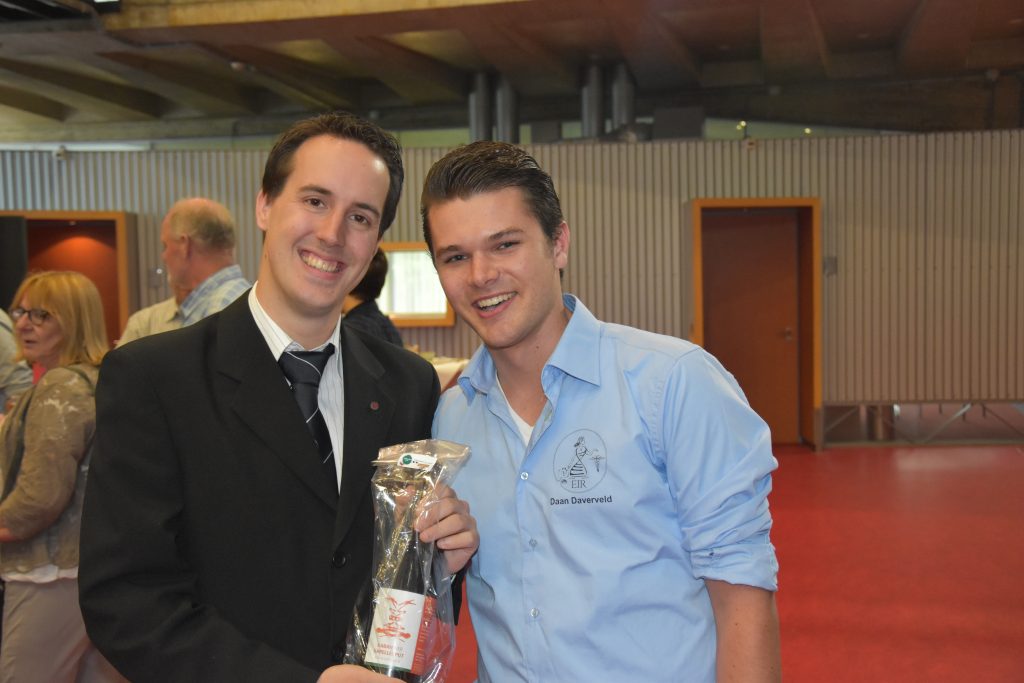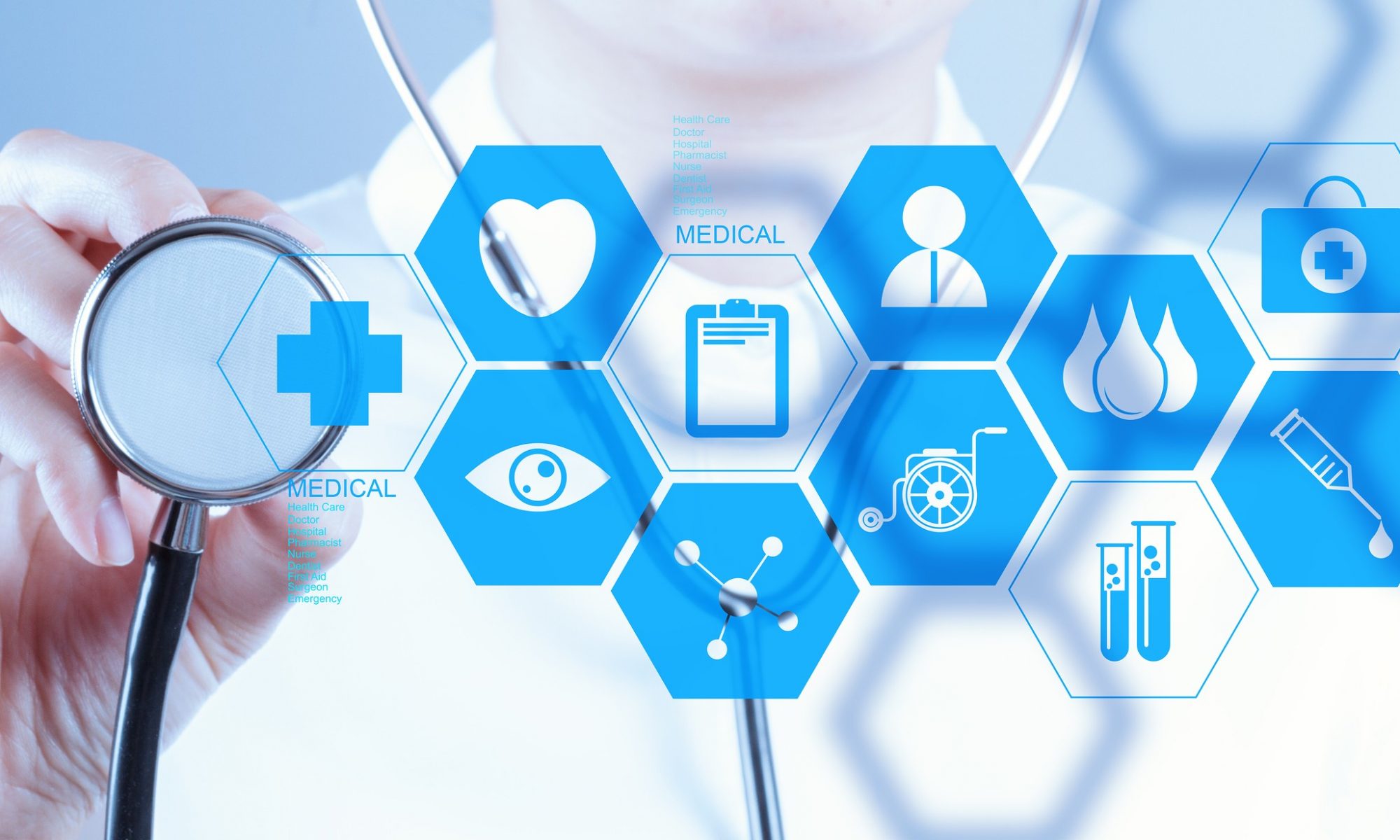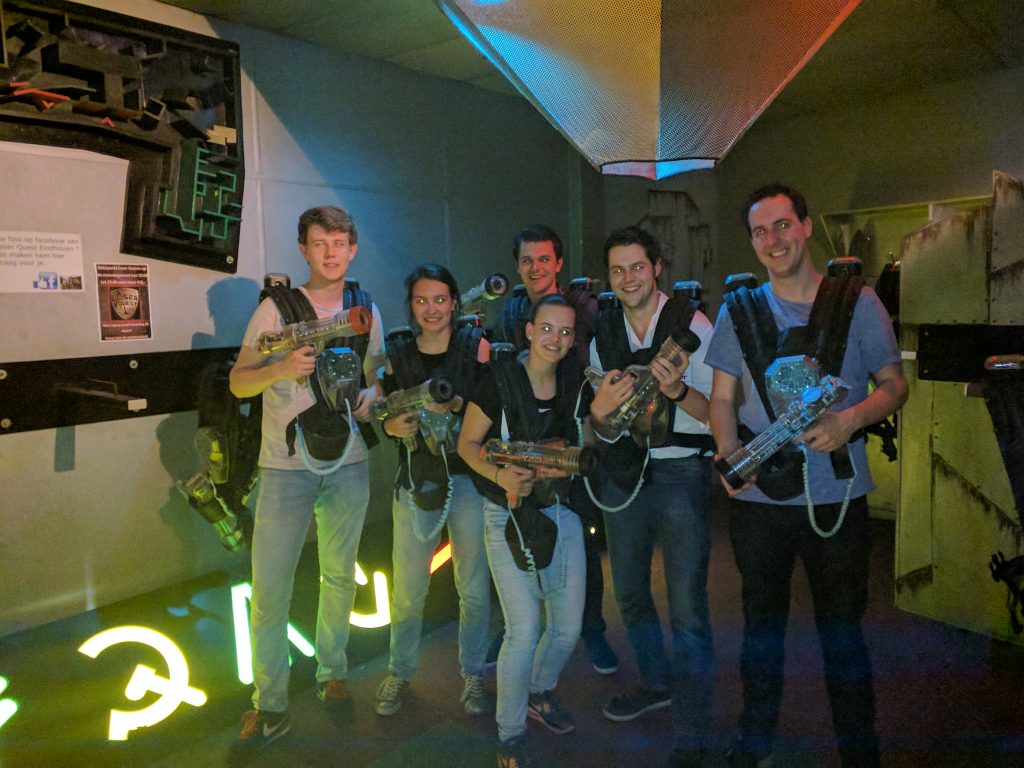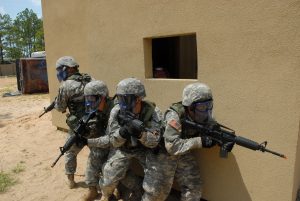We started with a presentation about systems for minimal invasive interventions by Jenny Dankelman. As the head of the MISIT group in delft she told us about the need for simple instruments which can be used in surgery. Using mechanical interaction, needles and equipment can become even smaller, while staying strong and flexible.
There was a break after the presentation about minimal invasive interventions, during this break coffee and cake were served, the cake apparently cost €1,- a piece, while it was not that fancy. A small complaint that the organization of the symposium made about the caterer. Twenty minutes later a presentation from ir. Maarten Beelen from PrecEyes started. Maarten told about their machine made for assisting doctors in eye surgery. The robot copies the motion of the doctor, however it removes certain movements, such as vibrations, so that the robot operates even more precise. The machine was set to copy the motion in different scales for precision. The machine could imitate the movements of a doctor by 1:100 for example. This enables surgeons to do procedures that were impossible to do before, as earlier they would pierce through tissue because of the precision issue.
The next speaker was drs. Tom van Mulken, who is a plastic surgeon. He told about using robotic aid to help reconnecting the veins after a plastic incision. He told that a plastic surgeon operates with big regions of the human body, for example when someone is burned, but also in very tiny regions for example a nose correction. Whereas the last one obviously needs the highest precision.
At 11:50 the lunch break began. A nice buffet with sandwiches and soup was served. There were smoothies and they even had Fristi. During the lunch, some companies represented by the speakers were present with a stand so students were able to speak to them and to ask some questions.
For the next speaker, the room was getting crowded as this was also an USE presentation. The presentation was given by dr. ir. Benno Lansdorp who works as an engineer at Demcon medical robotics. Demcon made a robotic aid to insert needles into the human body which helps doctors reach the disease spot in one go. This positioning system is of use in minimal invasive image guided surgery. Benno said one very important thing: “As an engineer we should experience surgery as a surgeon by simply attend one. That is why Eir is trying to organize an excursion for next year.
Prof. dr. ir. Stefano Stramigioli showed a needling inserting system as well. He works for Boston Dynamics. This system was guided by an MRI scanner and searched for the right position so that the needle would be inserted to the right region of 5x5x5 mm of precision in the human body with 5 degrees of freedom. The challenge was to design a robotic arm that was able to be placed in the MRI as there could not be parts who were magnetic. They succeeded and this system is already integrated in some hospitals, though doctors still need to insert te needle themselves. Stefano also told about an automatic endoscope steering mechanism.
The next subject was about SAM – a security robot used for people with cognitive defects. Prof. dr. ir. Pieter Jonkers from TU Delft showed us LEA. This was a rollator with smart functions. It could help remind the user of making diner, set an alarm to wake up the user or even be called upon to start dancing. The robot, which had no human image, could help with exercising and detect if a person was fallen. When this happened, LEA would immediately call emergency services. LEA was also designed to let the user stay in contact with relatives and friends by randomly skype calling a person who was not contacted in a while. LEA does not accept a person walking with ‘her’ without a straight back. Most of the elderly are likely to begin walking without a straight back because they lean too much on the rollator. By breaking when this happens, LEA makes sure the users come closer and straighten their back.
The last presentation showed how people could rehabilitate by using exoskeletons. Prof. dr. ir. Herman van der Kooij, working at TU Twente and Delft, told us how exoskeletons become a bigger part in rehabilitations. Exoskeletons are fusing more and more with the human body. He showed us how nerves nowadays could be coupled to bionic arms and legs. People are able to walk again with an implant. Are people becoming cyborgs nowadays? Maybe, but Herman showed us one thing. Humans will not necessarily become a stronger species by replacing limbs with robotic aids.
[ngg_images source=”galleries” container_ids=”3″ display_type=”photocrati-nextgen_basic_slideshow” gallery_width=”600″ gallery_height=”400″ cycle_effect=”fade” cycle_interval=”5″ show_thumbnail_link=”1″ thumbnail_link_text=”[Show thumbnails]” order_by=”imagedate” order_direction=”ASC” returns=”included” maximum_entity_count=”500″]




